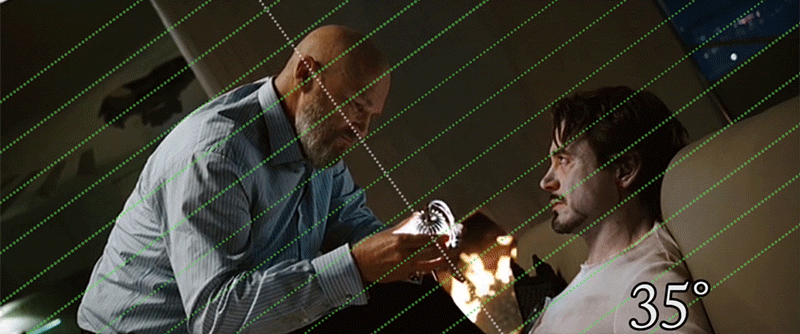Camera angles can communicate a lot of different emotions to public, but none as great as the Dutch angle.
The Dutch angle is a film technique where the camera is tilted at a different angle than we are accustomed, it's made for the audience feel a lot of different emotions such as fear, restlessness or even drunkenness. The Dutch angle increases psychological distress and tension, creating a cinematographic environment that gives us an exciting thrilling experience that goes against the character's restlessness.

Also known as a Dutch tilt, canted angle and oblique angle, the Dutch angle was first used in 1920 in Robert Wiene's horror film, Dr. Caligari's Cabinet.
It is an interesting technique but it can also be terribly abused. A Dutch angle is like salt: you can use to give it a special flavor, but if you use too much it can leave a bad taste in people's mouths.
The filmmaker and publisher Jacob T. Swinney brings together in the video above a variety of cuts with the subtle Dutch angle. Give Play.